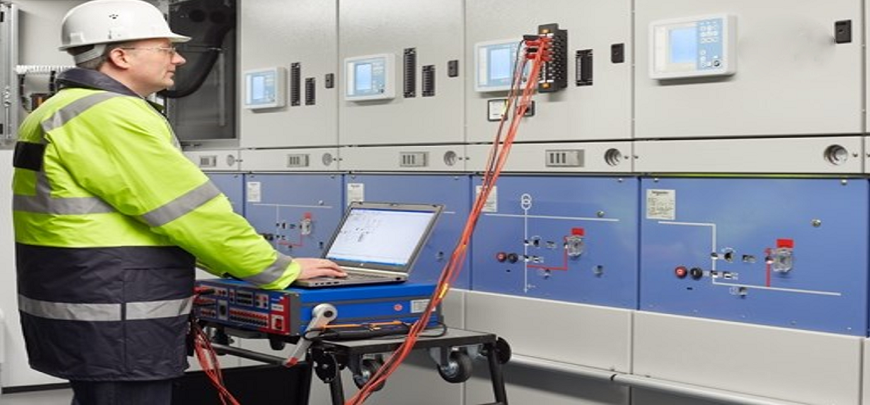
Relay Coordination
In power system networks, protection has to be designed such that protective relays isolate the faulted portion of the network, to prevent equipment damage, injury to operators and to ensure minimum system disruption enabling continuity of service to healthy portion of the network.
Relay coordination is used to achieve proper fault identification and fault clearance sequence. These relays must be able to differentiate between the normal operating currents that including short time over currents that may appear due to certain equipment normal operation such as motor starting currents, Transformer inrush currents and sustained overcurrent due to fault conditions. During fault conditions, these relays must operate quickly so as to isolate the faulted part of the network only and allowing for continued operation of the healthy circuits.
Protection is always a serious concern in the industrial environment. The action of the relays and protective devices play an important role in running the industries in healthy and safe condition. Relay coordination studies are performed to ensure safety operation of the system and to avoid the nuisance tripping. The cause for this nuisance tripping is changing the protective devices and their settings at the time of maintenance without performing proper analysis.
In relay protection coordination services examining the coordination between the protective devices with the help of time current characteristics (TCC) from the lower stream to the upper stream and the short circuit values at the particular feeder. These short circuit values are calculated from power system studies. The values calculated will be used for determination of the relay and protective device settings to ensure proper and safe operation of the system. Our services include building the network data (SLD), calculating the fault currents, performing protection coordination and implementing the values in the system.
